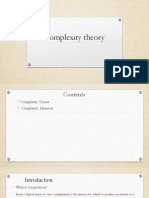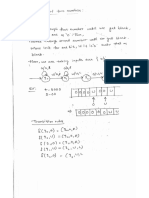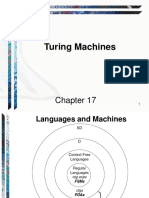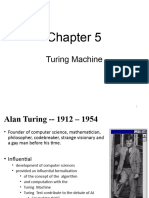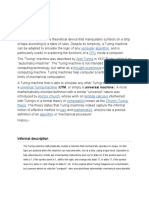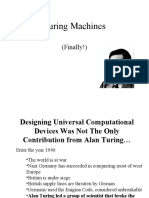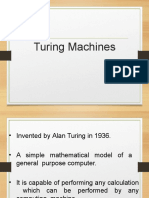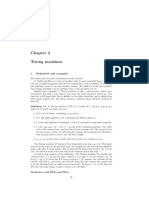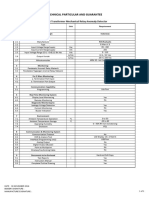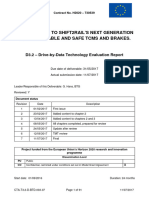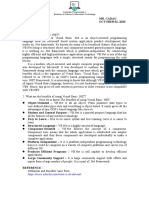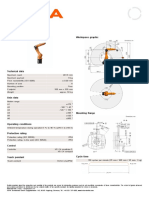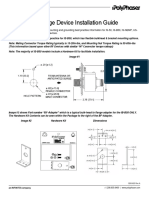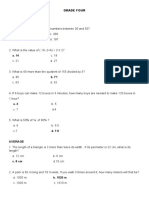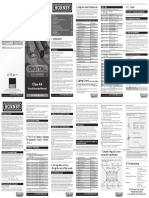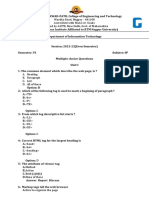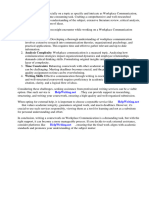0% found this document useful (0 votes)
32 views60 pagesTuring Machine
The document provides an introduction to Turing machines, outlining their significance in the theory of computation as conceptualized by Alan Turing. It explains the components and functions of Turing machines, including their ability to read, write, and transition between states, as well as the concept of the Turing test for machine intelligence. Additionally, it discusses the Church-Turing thesis, which posits that anything computable by a mechanical procedure can be computed by a Turing machine.
Uploaded by
josh.efendiCopyright
© © All Rights Reserved
We take content rights seriously. If you suspect this is your content, claim it here.
Available Formats
Download as PDF, TXT or read online on Scribd
0% found this document useful (0 votes)
32 views60 pagesTuring Machine
The document provides an introduction to Turing machines, outlining their significance in the theory of computation as conceptualized by Alan Turing. It explains the components and functions of Turing machines, including their ability to read, write, and transition between states, as well as the concept of the Turing test for machine intelligence. Additionally, it discusses the Church-Turing thesis, which posits that anything computable by a mechanical procedure can be computed by a Turing machine.
Uploaded by
josh.efendiCopyright
© © All Rights Reserved
We take content rights seriously. If you suspect this is your content, claim it here.
Available Formats
Download as PDF, TXT or read online on Scribd
/ 60














